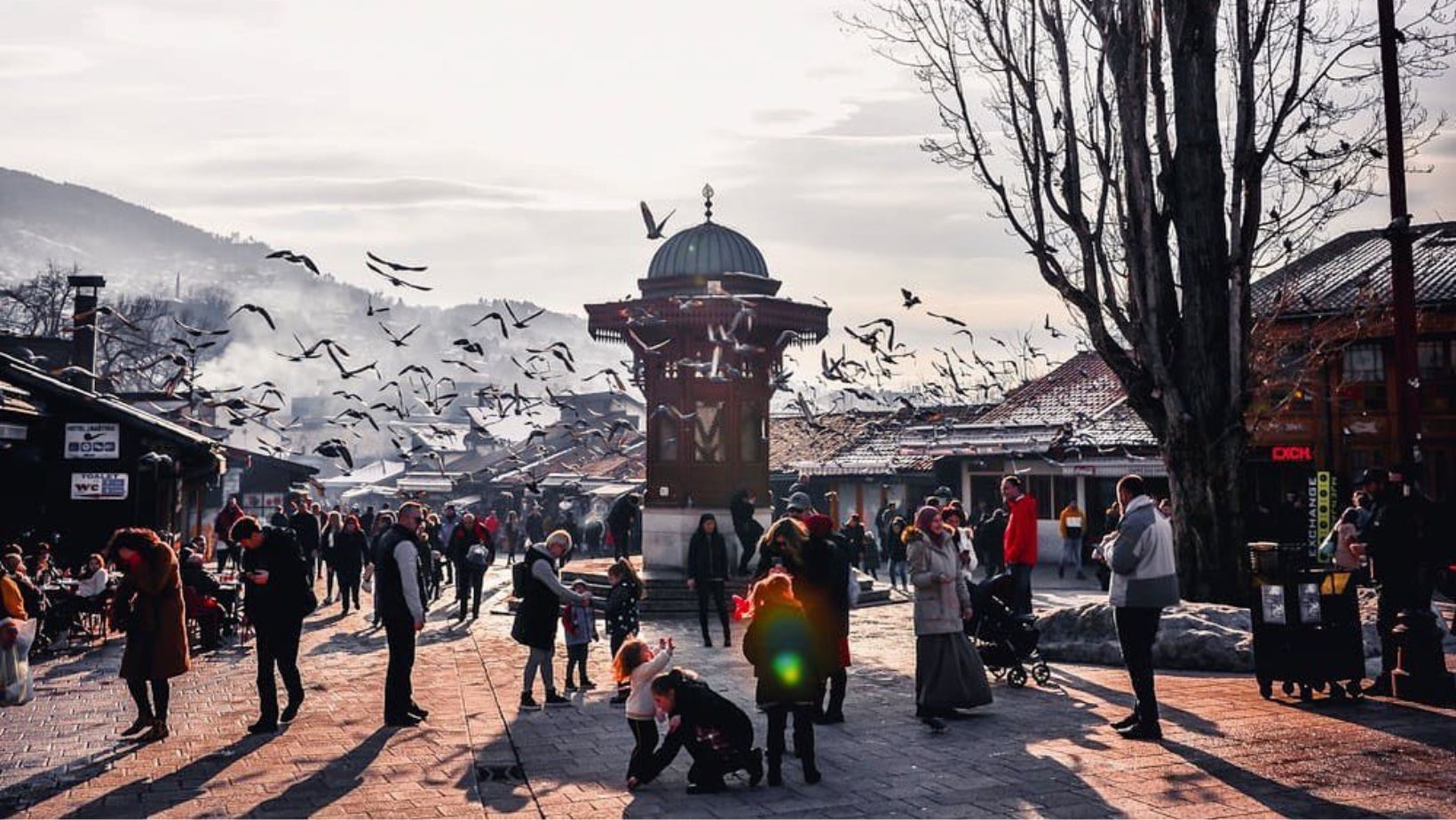Gazi Husrev-bey Mosque | Gazi Husrev-begova džamija | Sarajevo
Gazi Husrev-beg’s 1531 mosque in Sarajevo’s Baščaršija is an Ottoman architectural gem. Designed by Adžem Esir Ali, its 45-meter minaret and domed interior feature stunning arabesques, gilding, and marble. Declared a National Monument in 2004, it remains a key cultural and historical site in Bosnia and Herzegovina.
Gazi Husrev-bey Mosque | Gazi Husrev-begova džamija | Sarajevo Read More »











